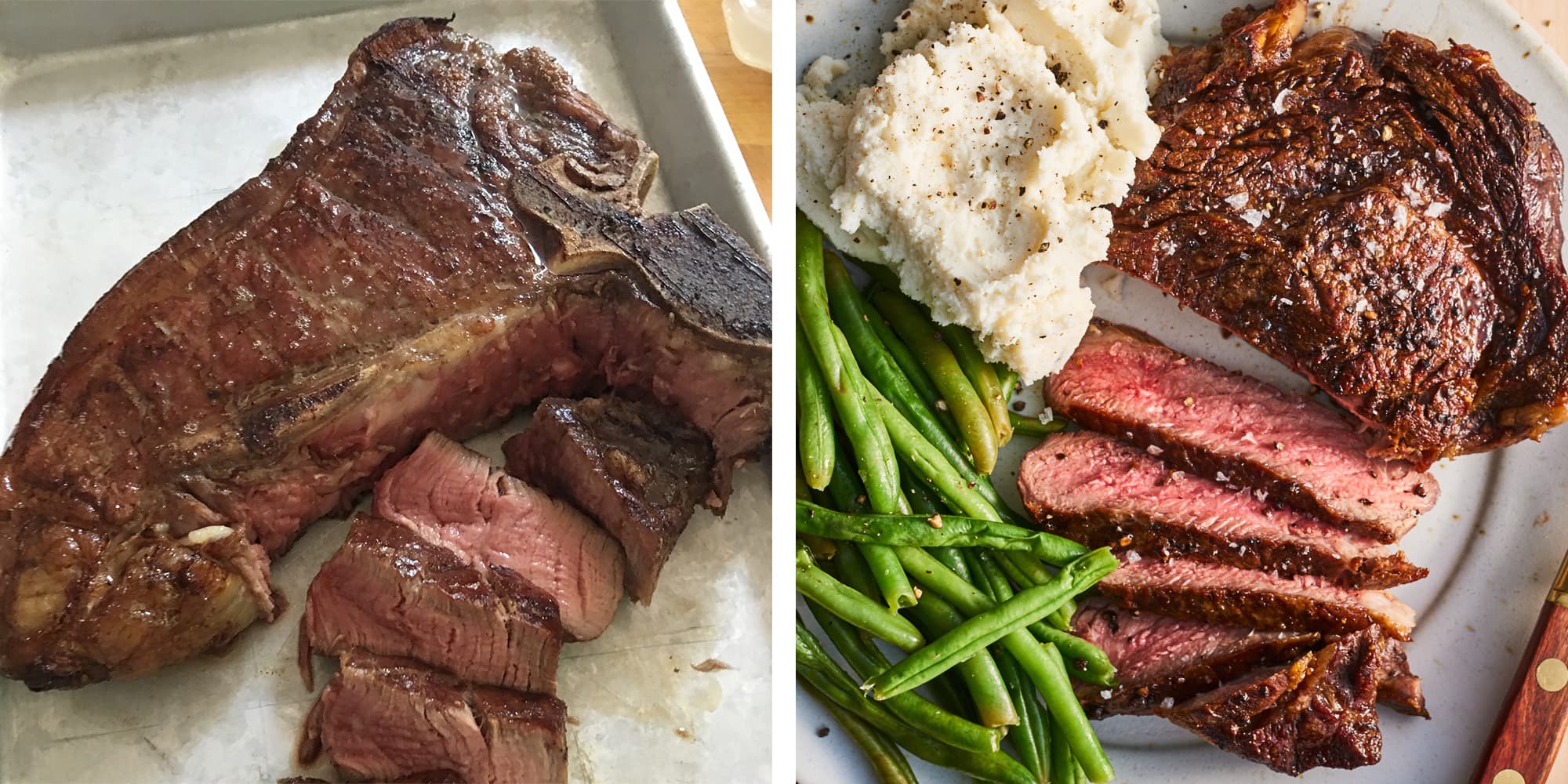

Click on the hyperlink if you’re interested. It’s actually a wonderful technique called the reverse sear. Then continue cooking the inside after that. If the meat is thick, you sear it first to develop the color and flavor on the outside. If the meat is thin, you can just sear and it will cook the whole thing. Do You Sear Meat Before or After Cooking? That’s why caramelizing is found more often in many vegetables while browning is found more often in meat.

It’s caramelizing.Ĭaramelizing occurs when sugars or carbohydrates in food are heated. Now, there is also another type of chemical reaction that also turns the food brown, but it’s not necessarily browning. The Maillard reaction we’ve talked about is an example of browning. But what is “browning” actually?īrowning is a chemical reaction while searing is a cooking process. We’ve heard of the word “brown” quite often throughout this article. What Is the Difference Between Browning and Searing? Nevertheless, many restaurants, cooks, and food writers still advocate it these days. Not until 1930, a study run by the University of Missouri debunked the myth, proving that the opposite was true. In 1902, Auguste Escoffier, a French food journalist, wrote about it and further populated the myth. He believed that searing created an exterior crust or “barrier” for the meat, locking in all the juices and moisture. This idea was first put forward by a German chemist named Justus Von Liebig in 1847. In fact, seared meat experiences fairly higher moisture loss than un-seared meat. During cooking, most of it will either leak out or evaporate.

That crusty outer layer resulting from searing doesn’t really prevent any moisture loss. Let’s debunk it in the next section, shall we? Does Searing Really Lock in the Juices? Now, you may have read that searing meat also seals in the juices. You eat with both your eyes and your mouth - an appetizing color combined with a deeply nutty and savory flavor. When you bite into a piece of seared meat, the effect really is sensational. And after the cooking is finished, it blends in with the flavor from the inside of the meat, creating this amazing combination of smell and taste.

Once you’re done searing, that flavor stays there. Meanwhile, these reactions also release wonderful aromas, which then give the newly-formed golden brown layer a rich and savory flavor. These amino acids then react with sugars, turning the color from red to golden brown. Proteins inside the meat break down into amino acids in the presence of high heat. When meat hits a hot surface, say a pan or grill grates, there are many chemical reactions happening there. What Is the Purpose of Searing?Īs I mentioned above, searing accomplishes two things - creating an inviting appearance and building flavor. Therefore, it’s a great technique to have in any chef or backyard cook’s culinary repertoire. But if not, simply transfer it to a low heat setting to finish cooking thereafter.īesides the color, searing also imparts flavorful aromas to the food. Searing can sometimes cook the inside if the food is thin. The idea is to cook the outside of the food quickly, giving it that beautiful golden brown color. In cooking, searing means blasting high and intense heat to a food item for a short amount of time.Ī good searing temperature is usually around 500F or more.


 0 kommentar(er)
0 kommentar(er)
